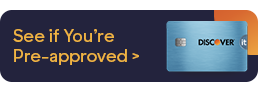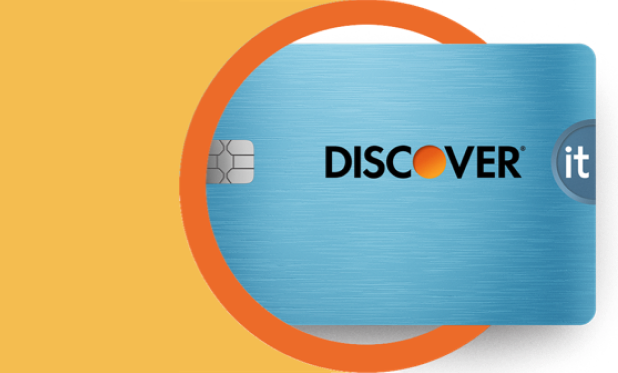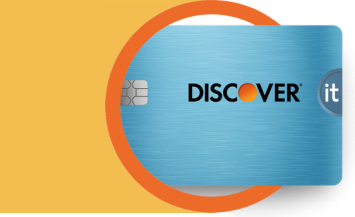As you manage your credit card account, you’ll come across two similar terms: statement balance and current balance. And although they may sound the same, your statement balance and current balance are distinctly different. Understanding this difference is important when making payments and considering the overall health of your credit.
Your statement balance is the balance on your account as of the day your billing cycle ends. It includes every transaction you’ve made during that billing cycle and any unpaid balances from previous billing cycles. On the other hand, your current balance is the current total of all outstanding transactions and interest posted to your account. This includes any charges made after the lender generates your last statement (except for charges still pending). Let’s take a closer look at what sets a statement balance and current balance apart.







